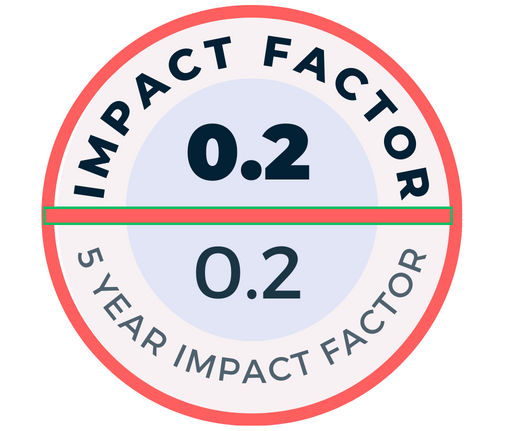OBJECTIVE: Therapeutic plasma exchange (TPE) has been used in many diseases as primary or adjunctive therapy. We present our TPE experience in a pediatric nephrology practice setting.
MATERIAL and METHODS: We retrospectively evaluated the indications and outcomes of TPE performed between 2008-2013 on the basis of the 2013 American Society for Apheresis Guidelines.
RESULTS: One hundred and sixteen TPEs were performed in 15 patients (6 male / 9 female, mean age 12.9±3.5 years). The indications were hemolytic uremic syndrome (HUS) in 7 (four atypical) patients, pre-transplant TPE in 3 patients with focal segmental glomerulosclerosis (FSGS), treatment-resistant membranoproliferative glomerulonephritis (MPGN) in 1 patient, antibody mediated rejection (AMR) in 3 patients, and thrombotic microangiopathy (TMA) in 1 renal transplantation patient. Six months after TPE, hypertension persisted in two of seven and proteinuria in three of seven HUS patients, although all HUS patients had normal creatinine levels. Similarly, serum creatinine and urinary protein excretion were within the normal range in all FSGS patients and in one patient with AMR. Thrombocytopenia and anemia resolved and the blood creatinine level decreased in a patient with TMA.
CONCLUSION: Although adherence to adult TPE guideline indications is around 50%, treatment results of TPE are satisfactory in 2/3 of our pediatric nephrology patients. Pediatric TPE Guidelines based on pediatric evidence-based data will help achieve better clinical outcomes in children.

.png)



.png)
